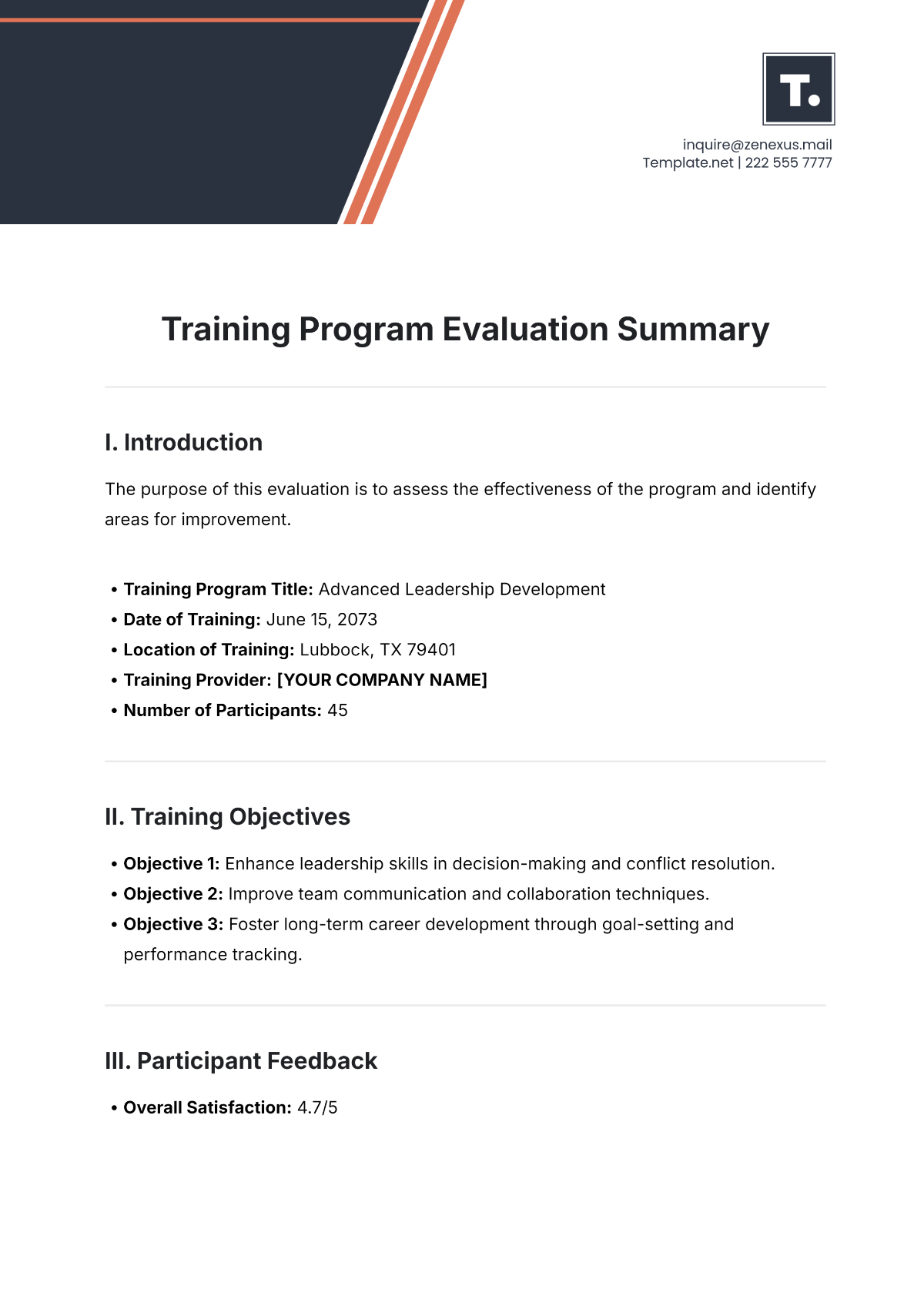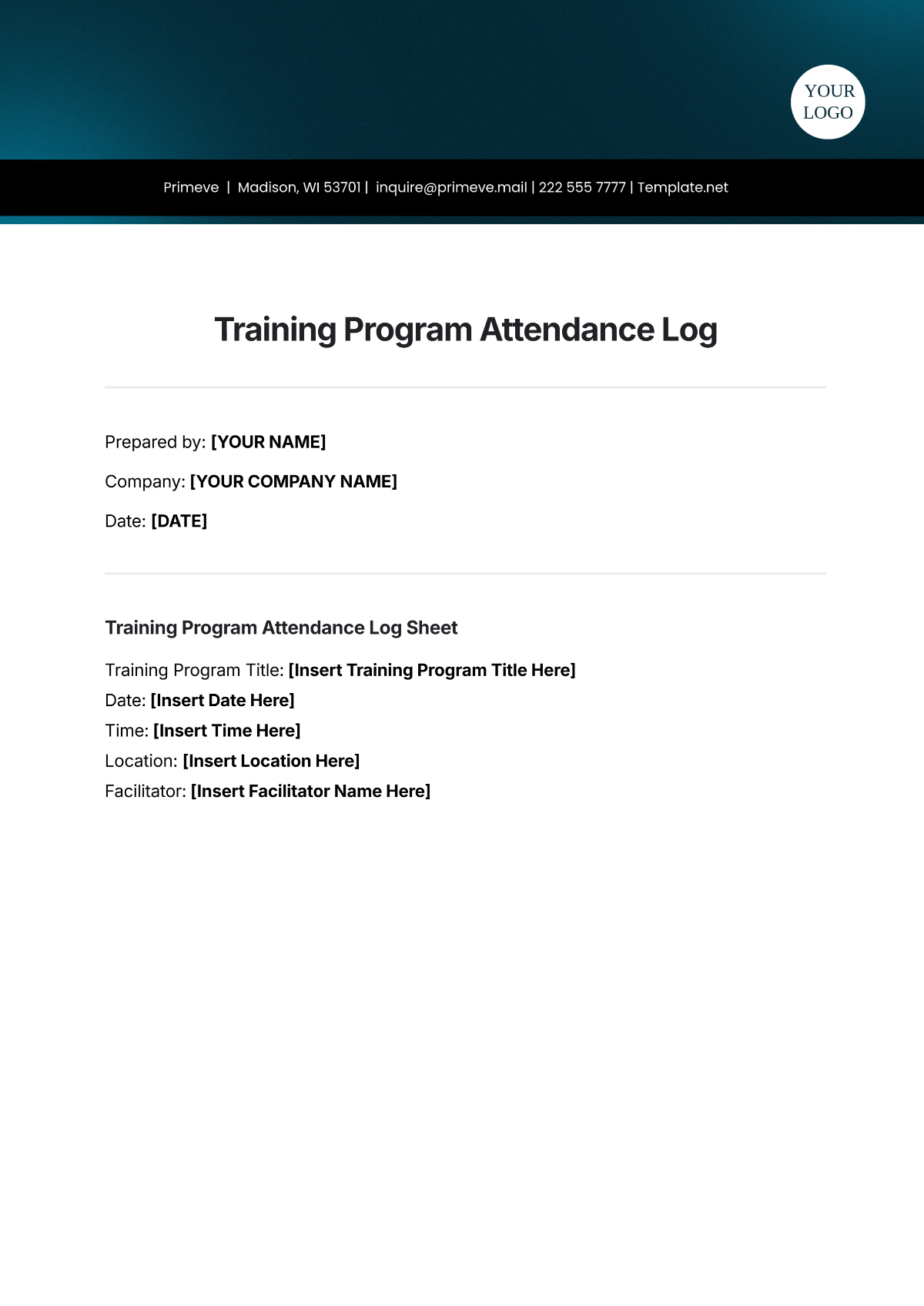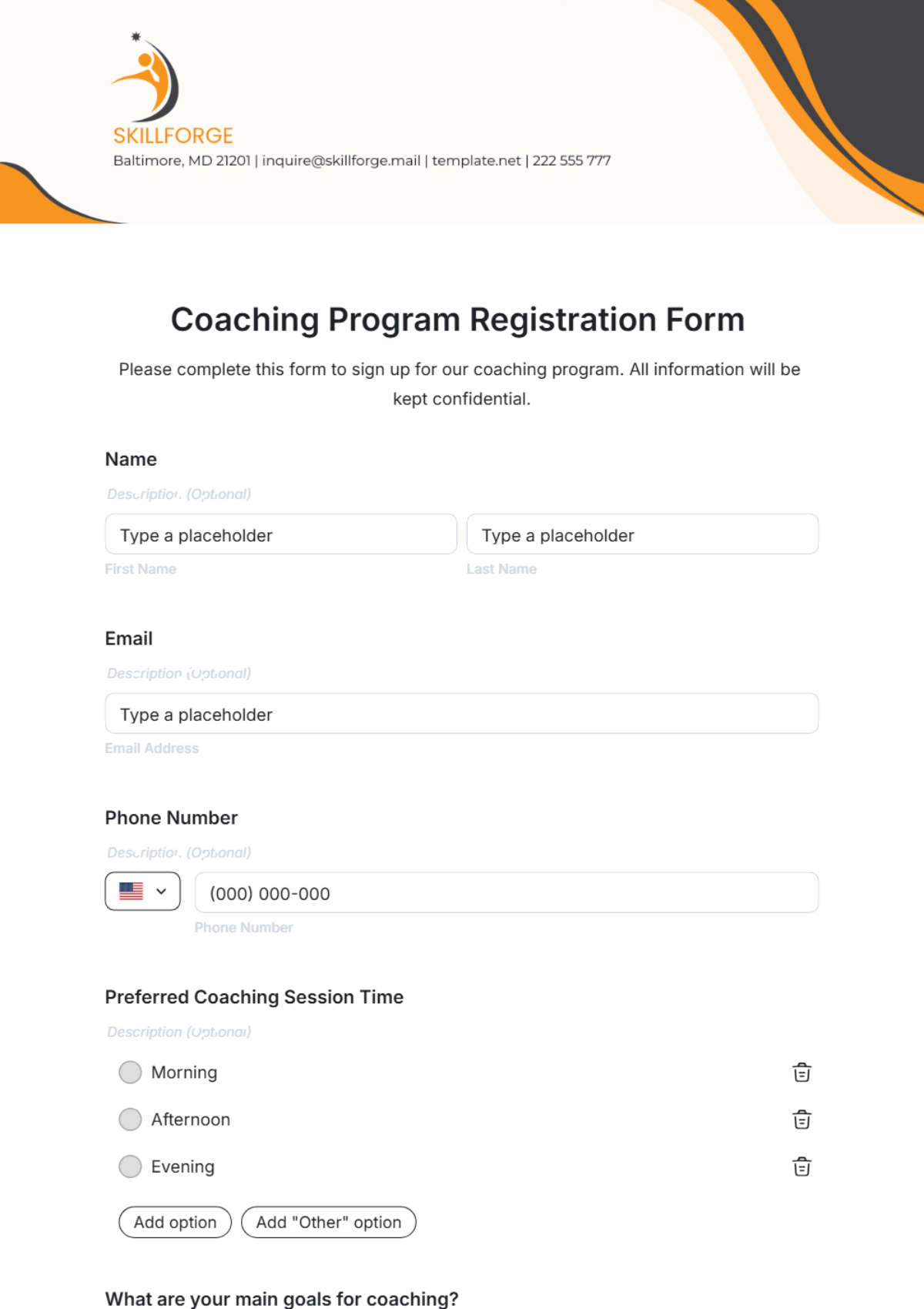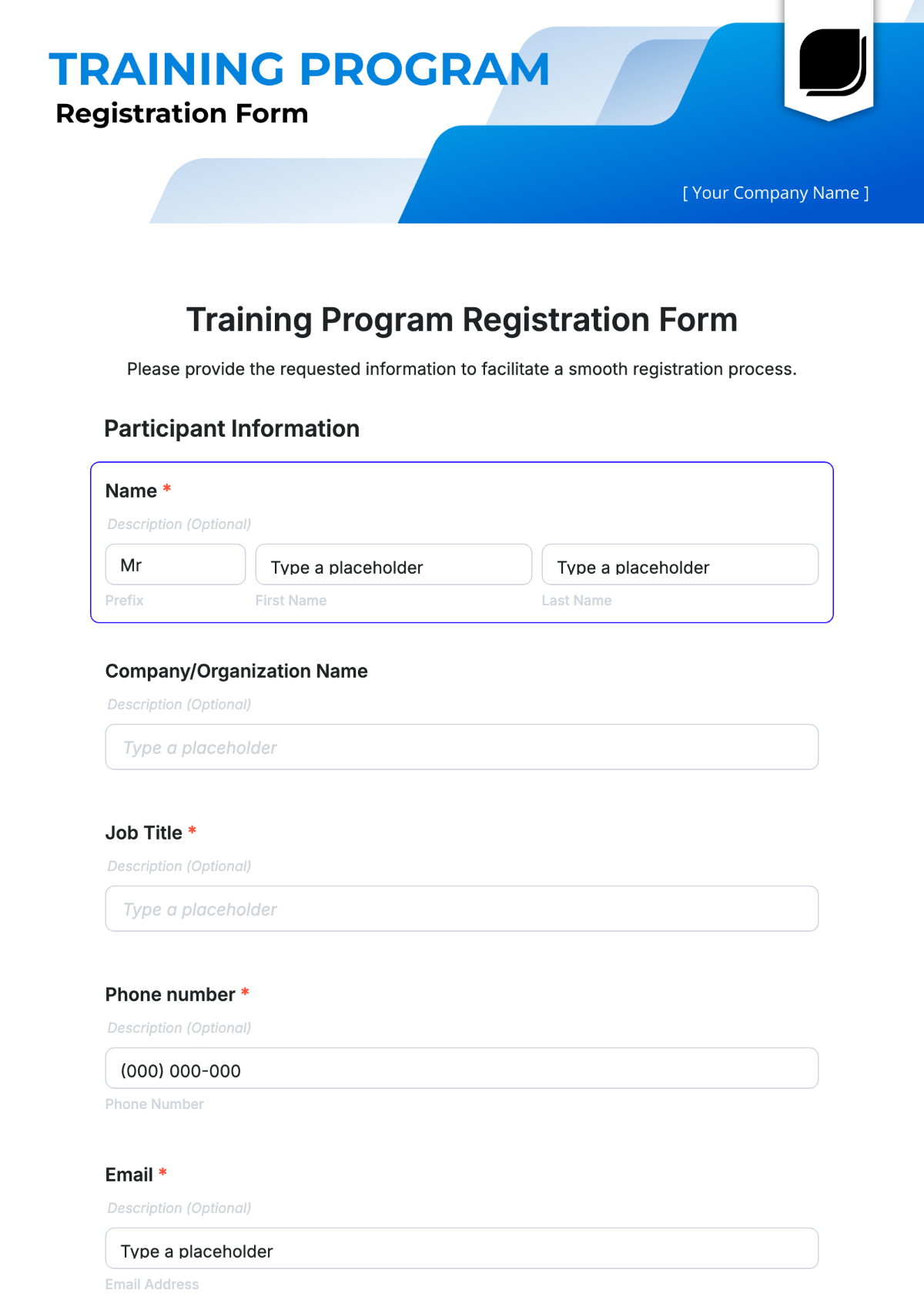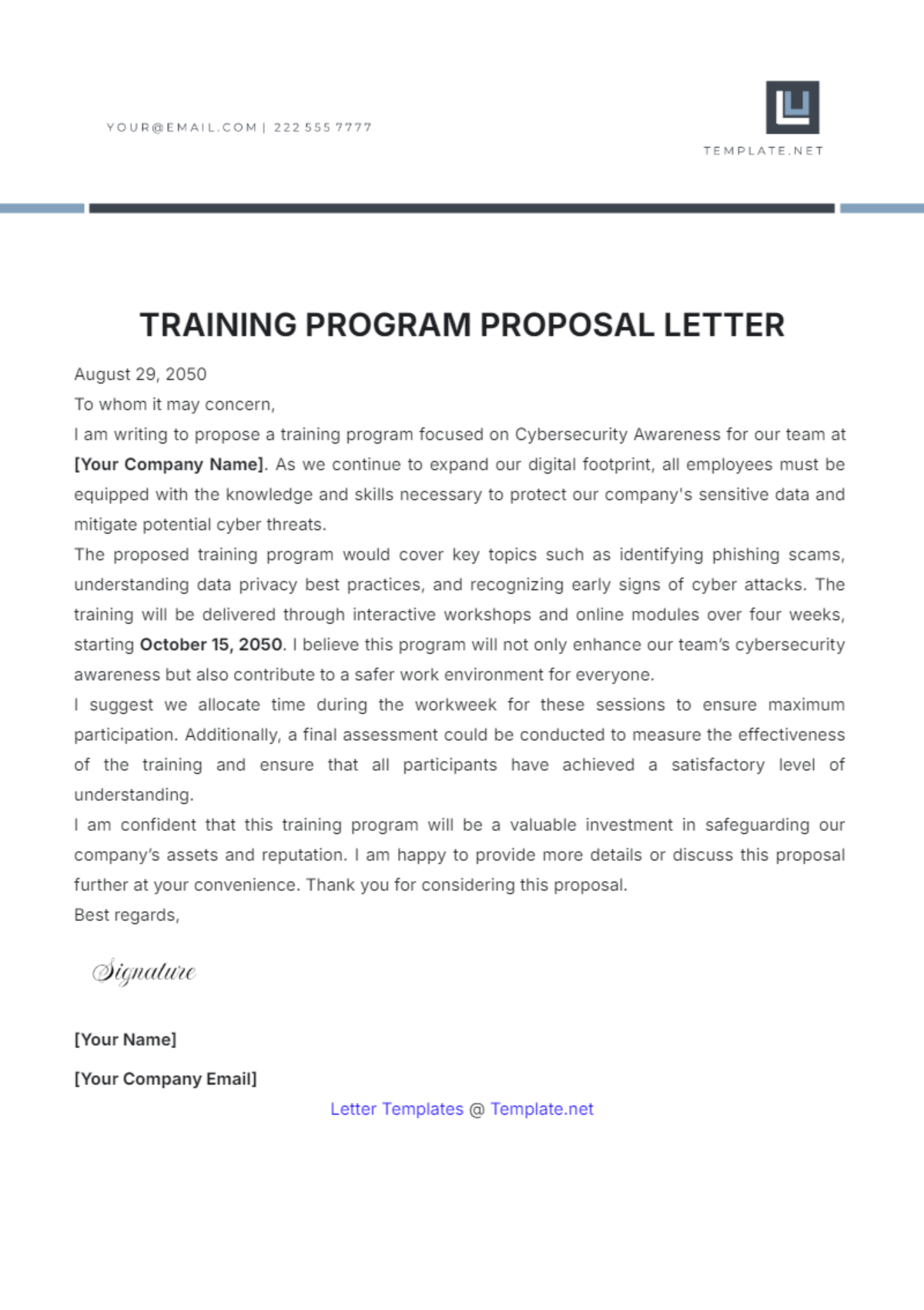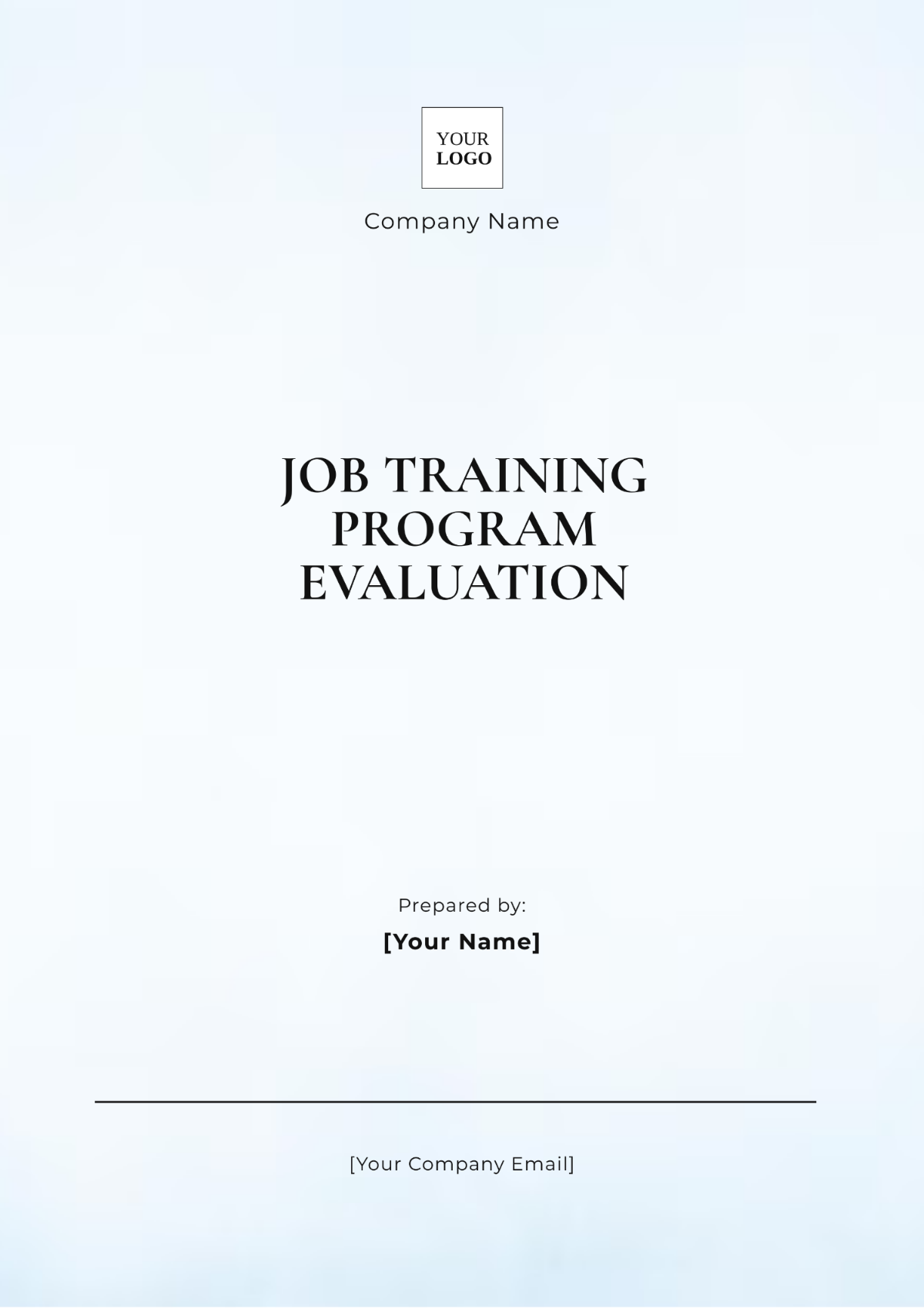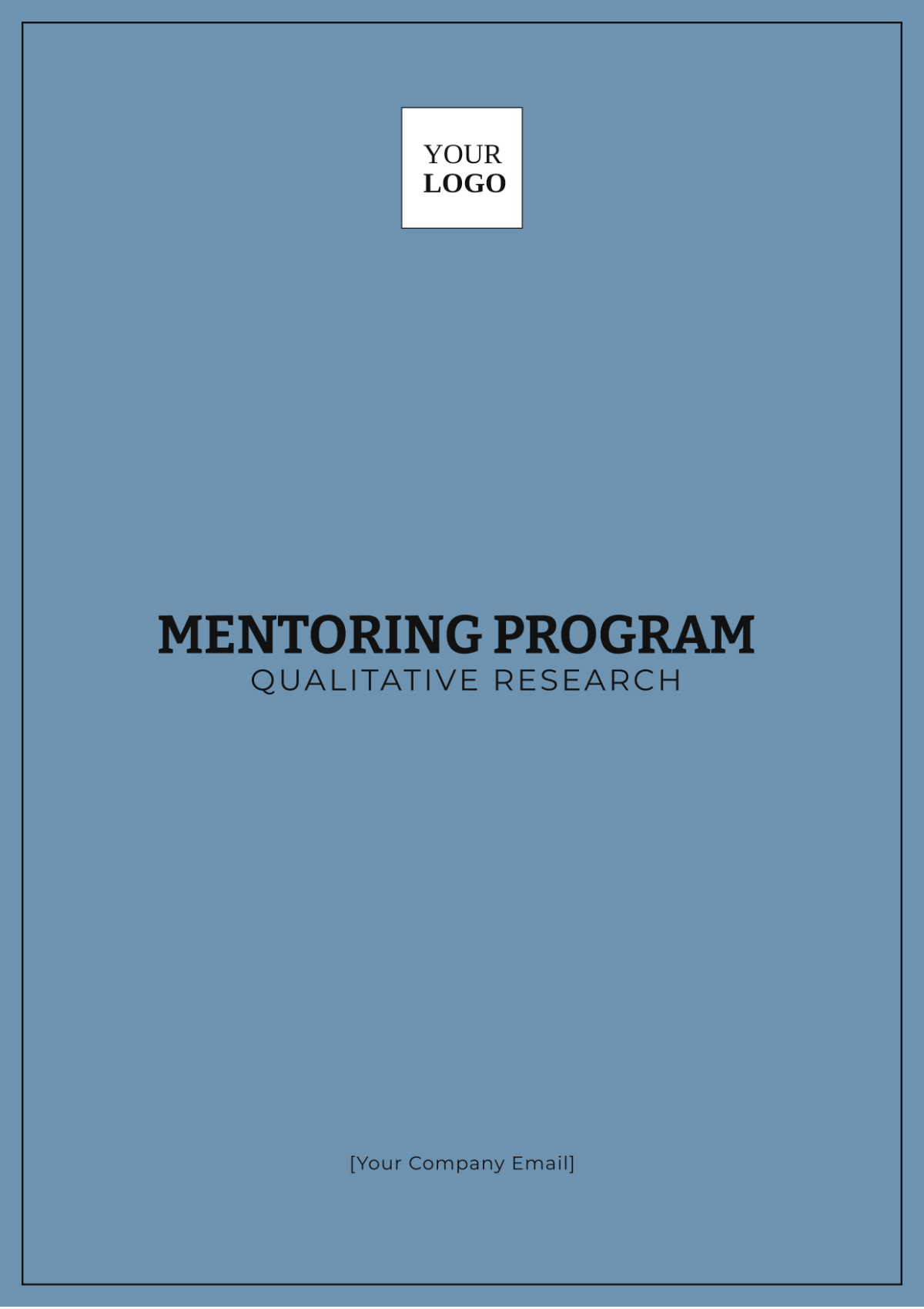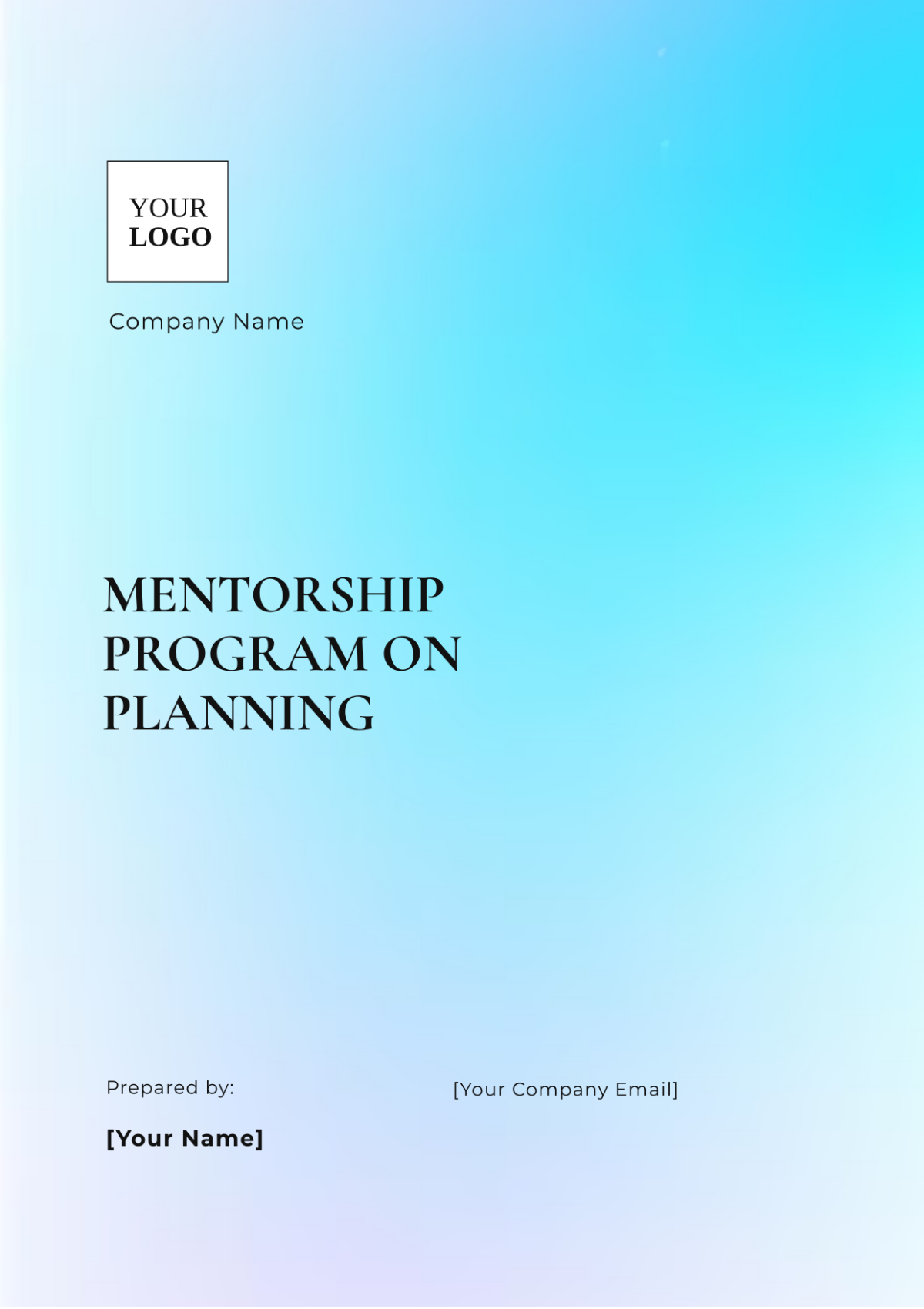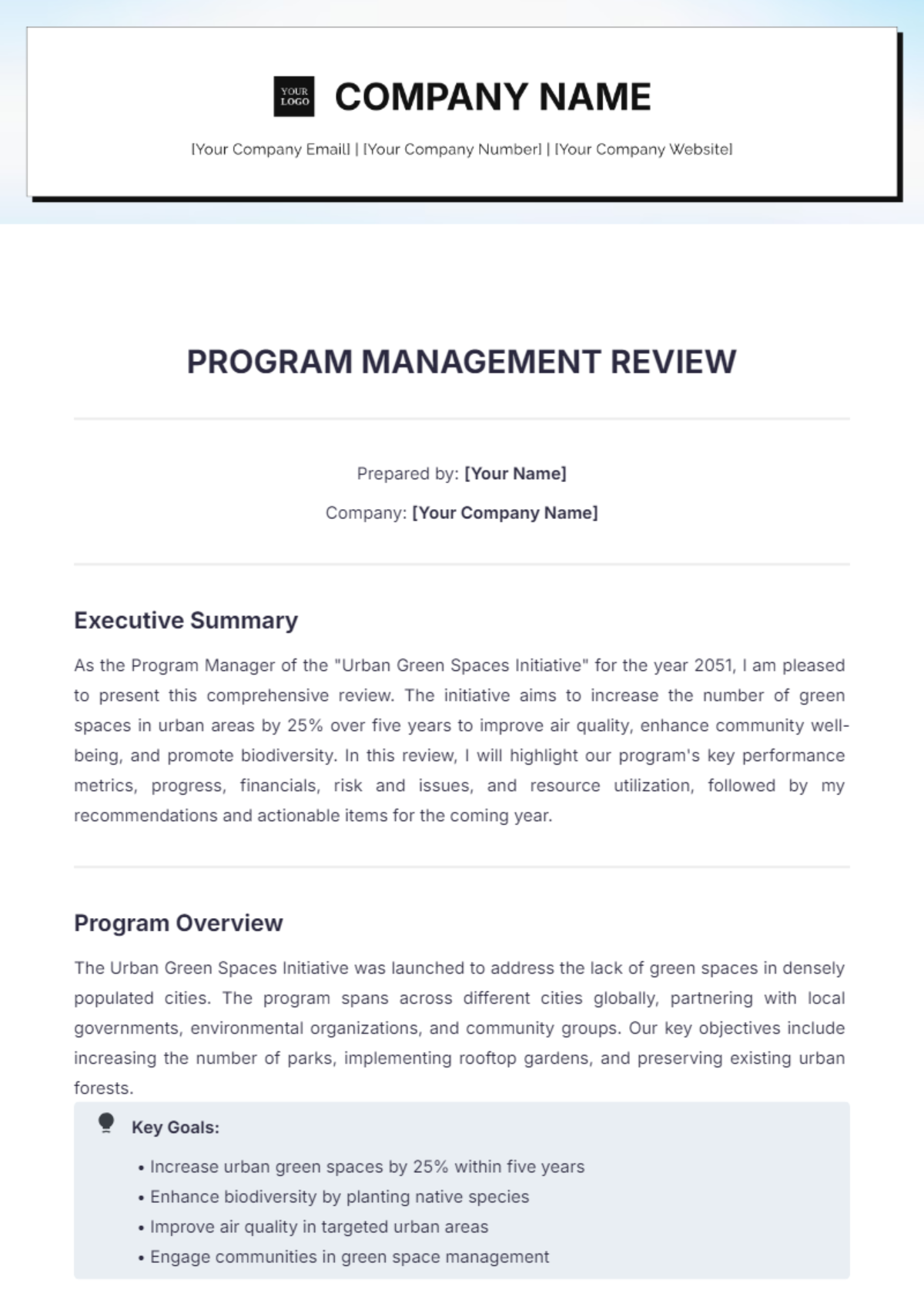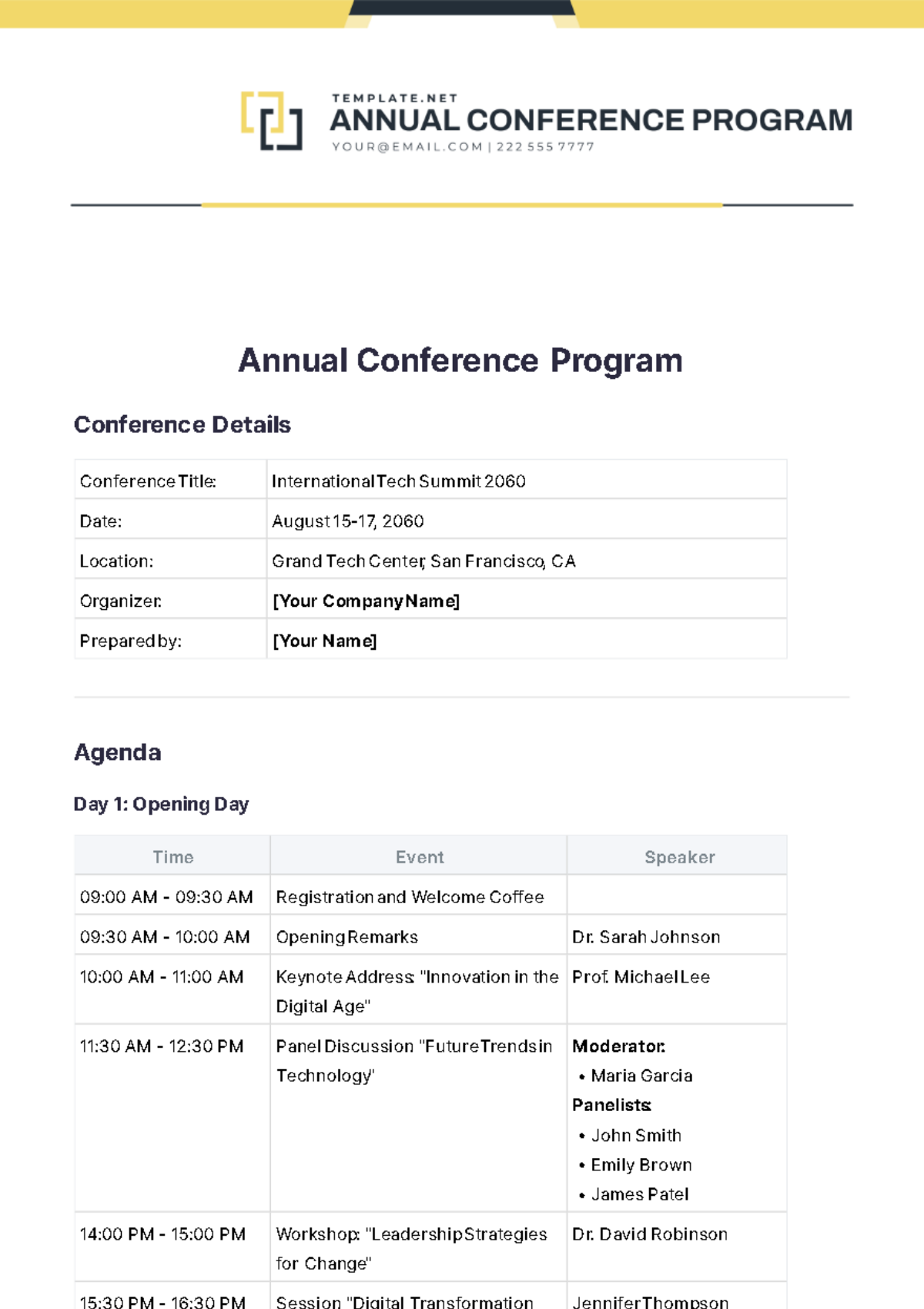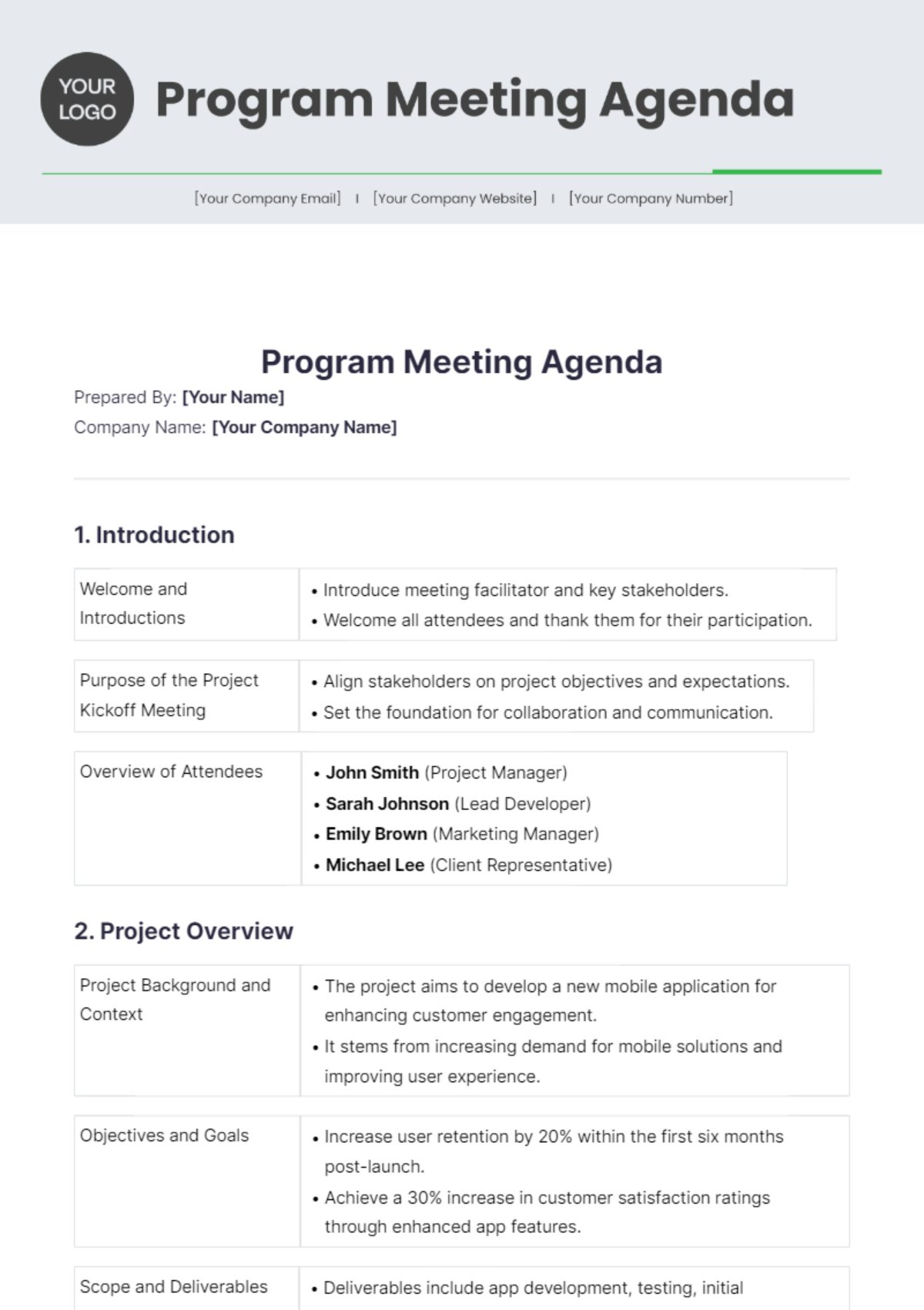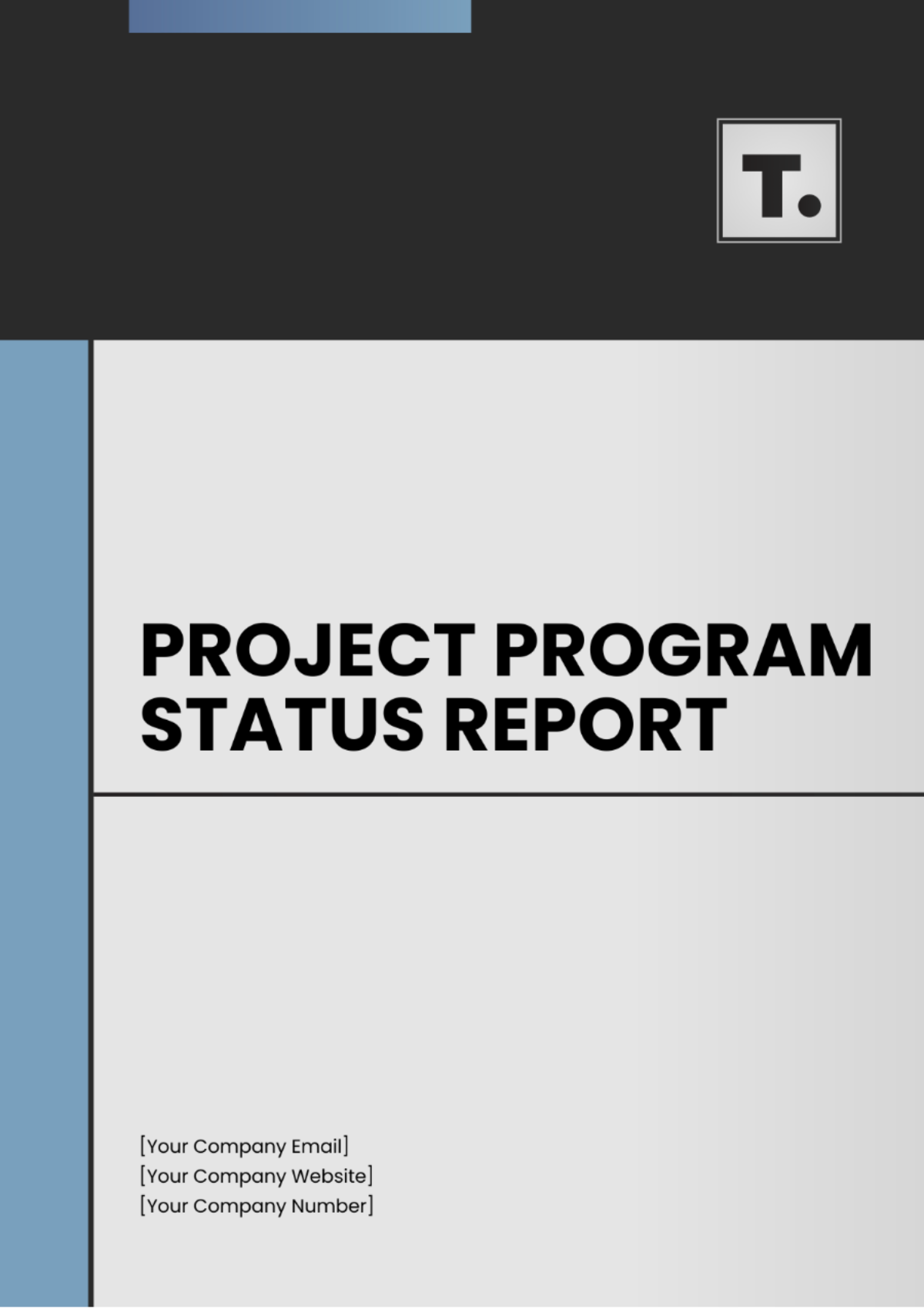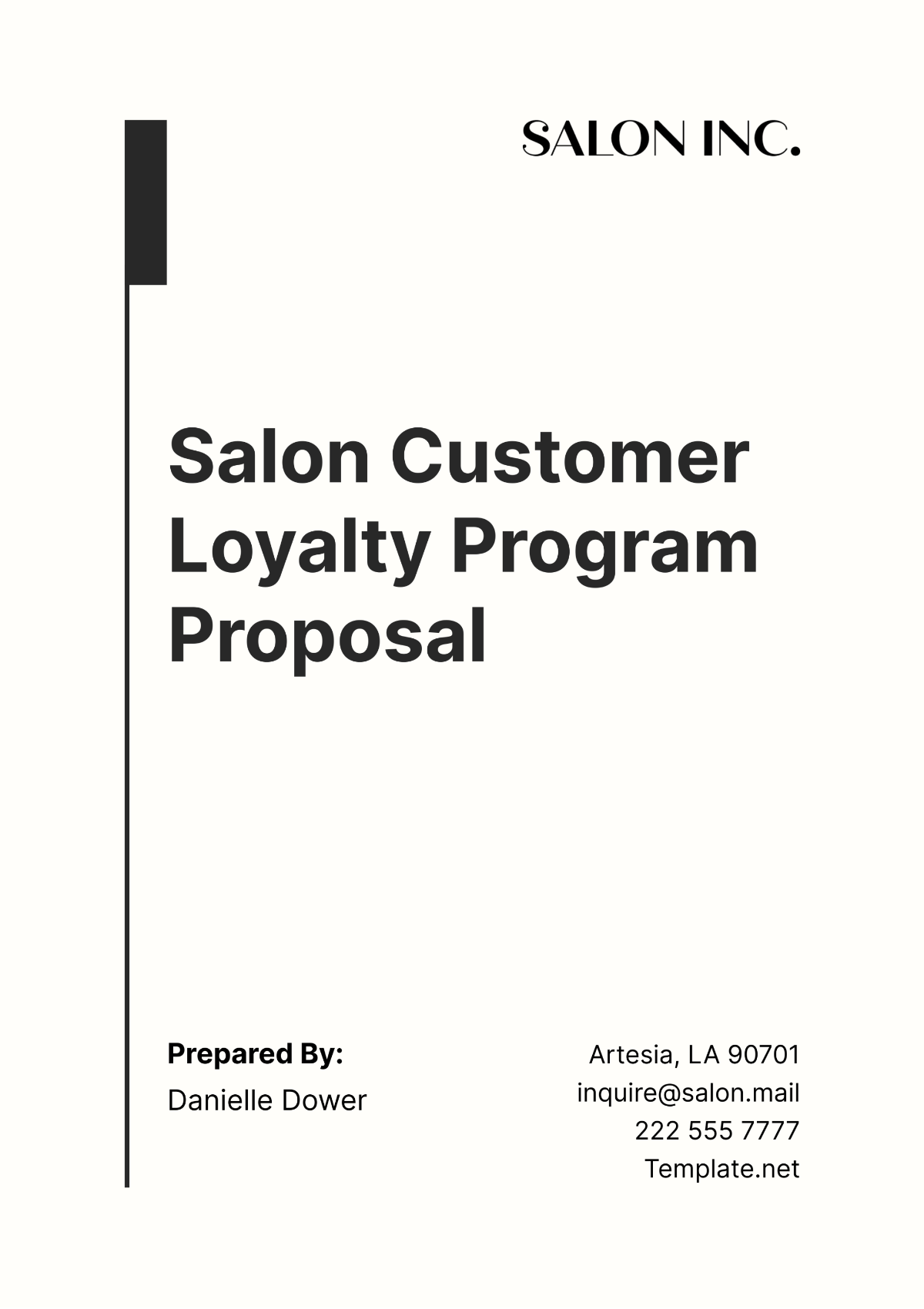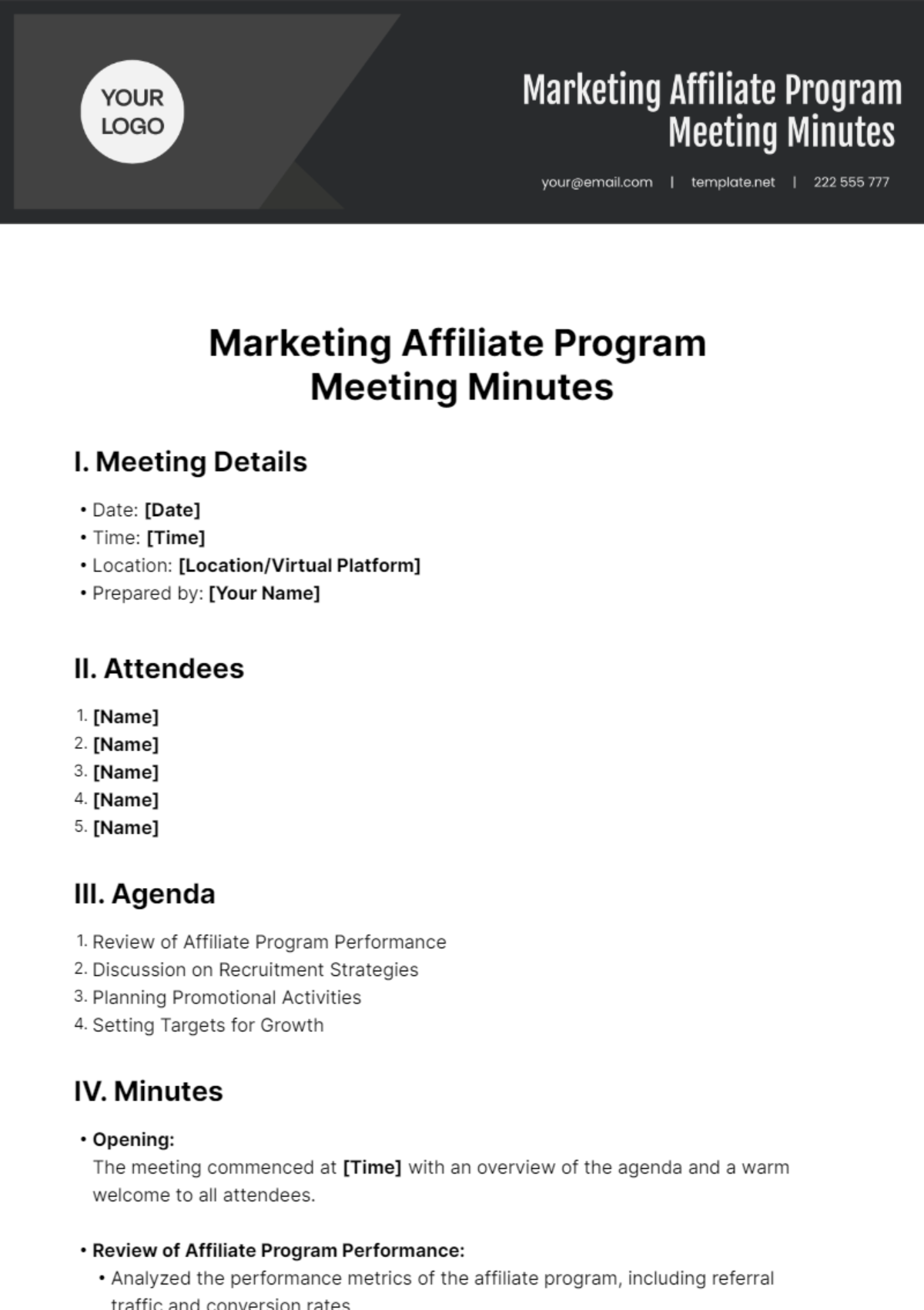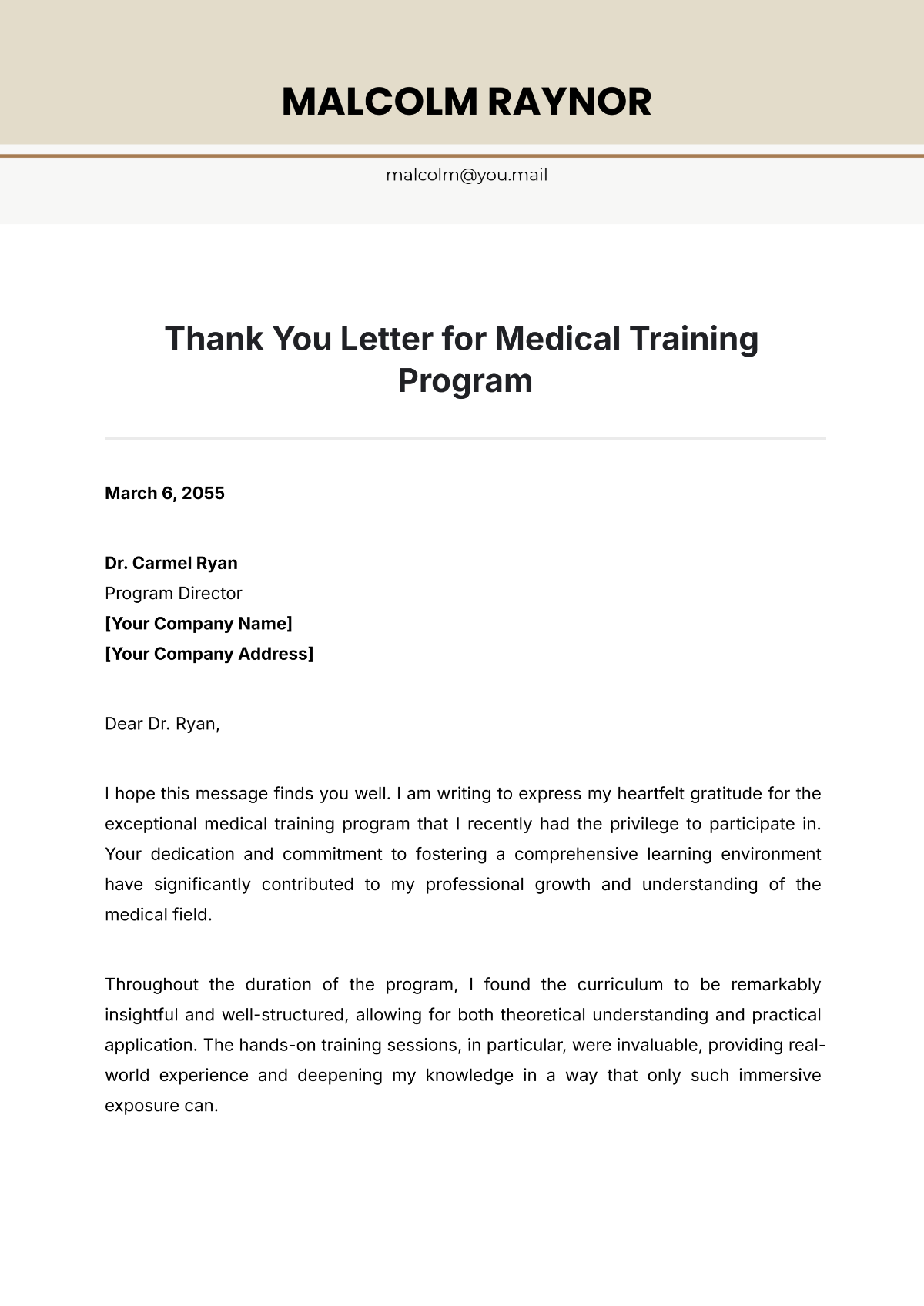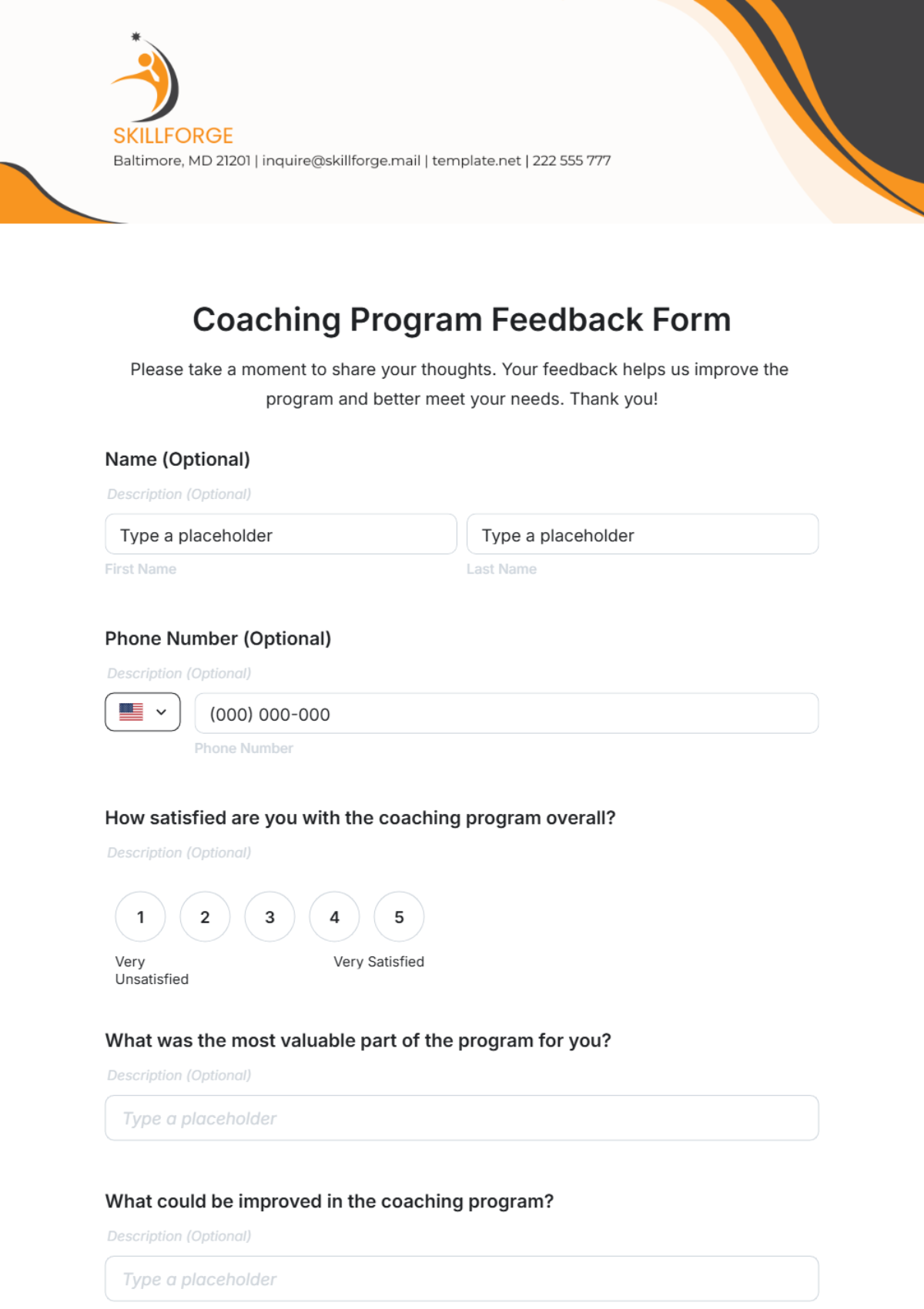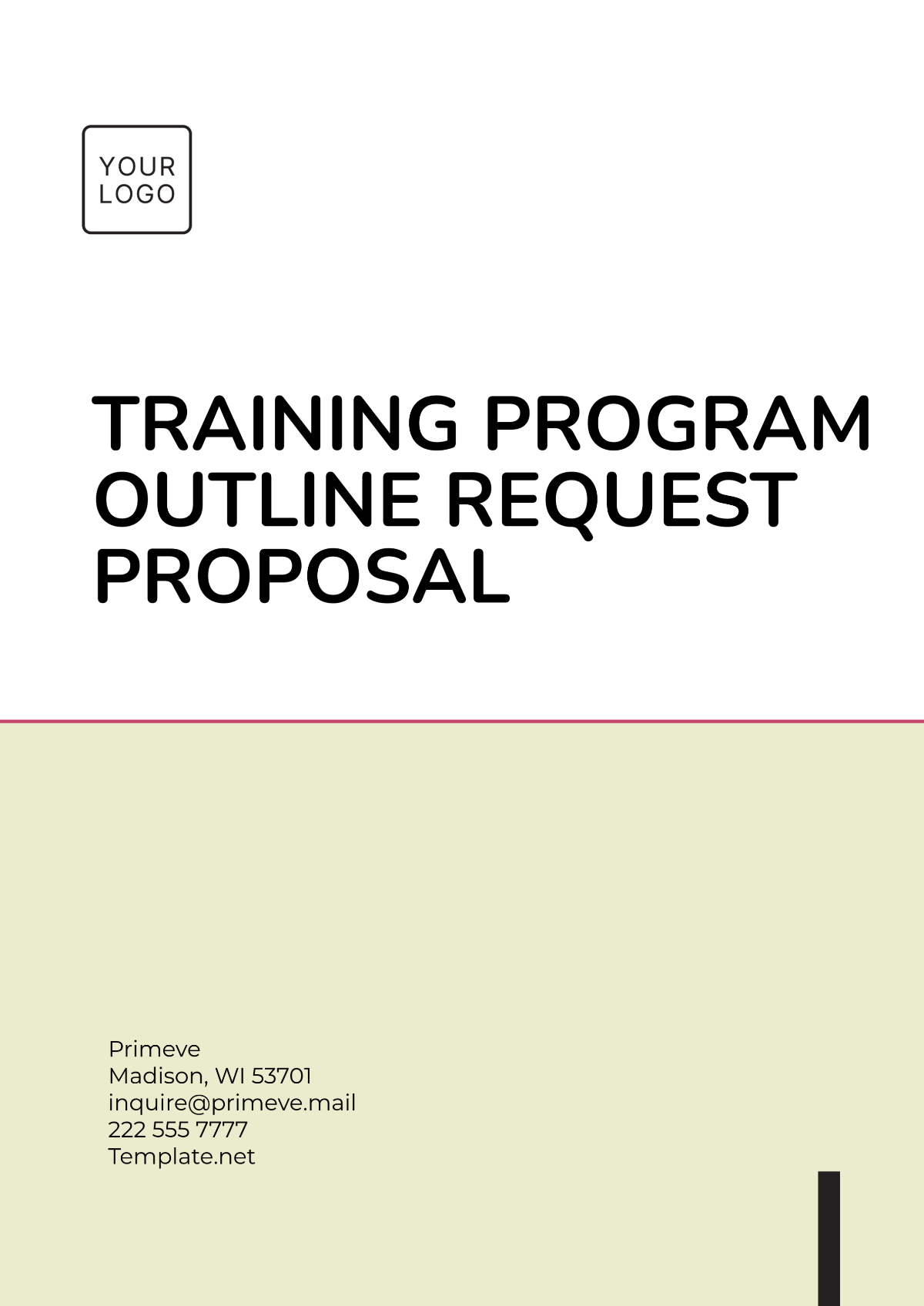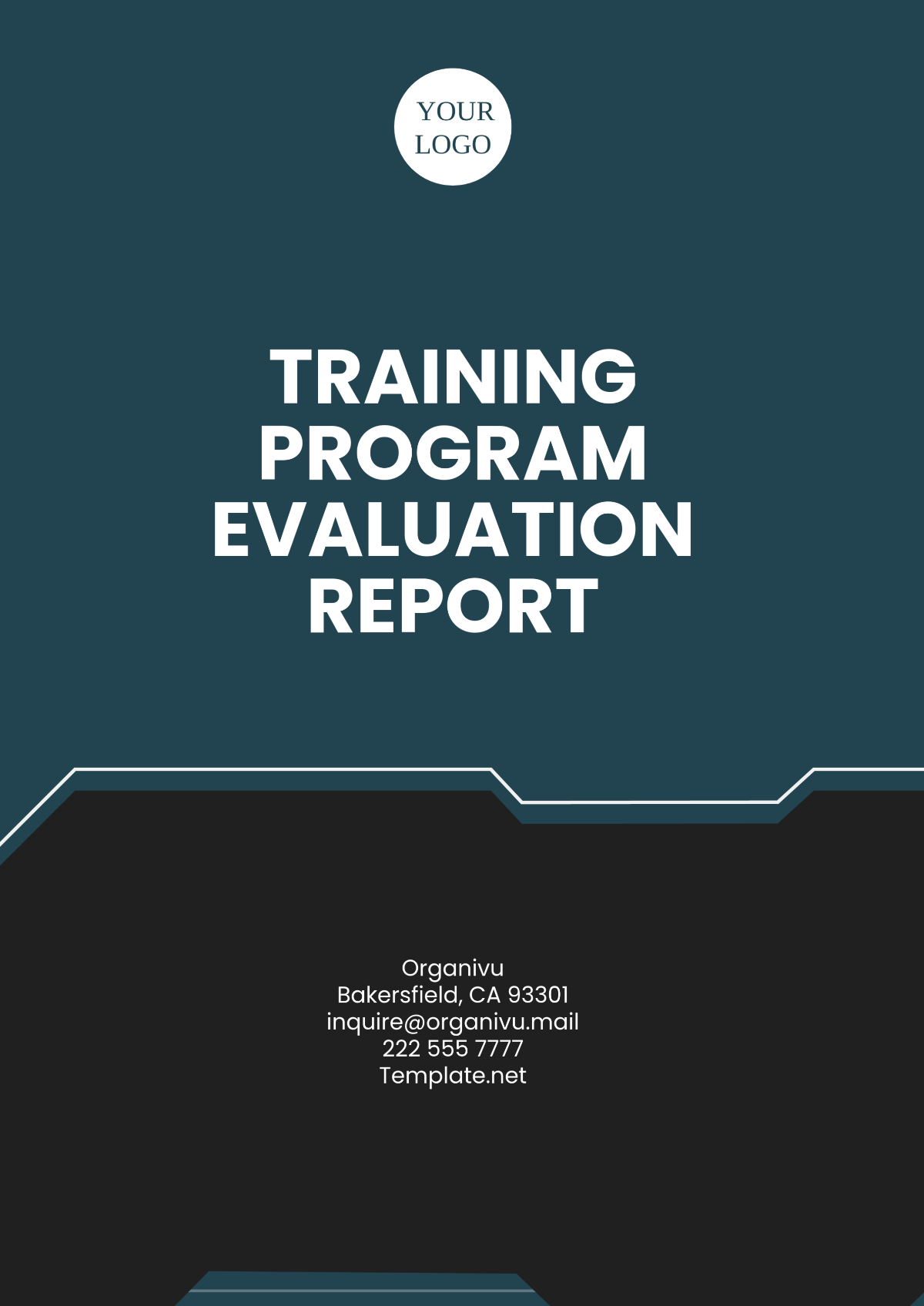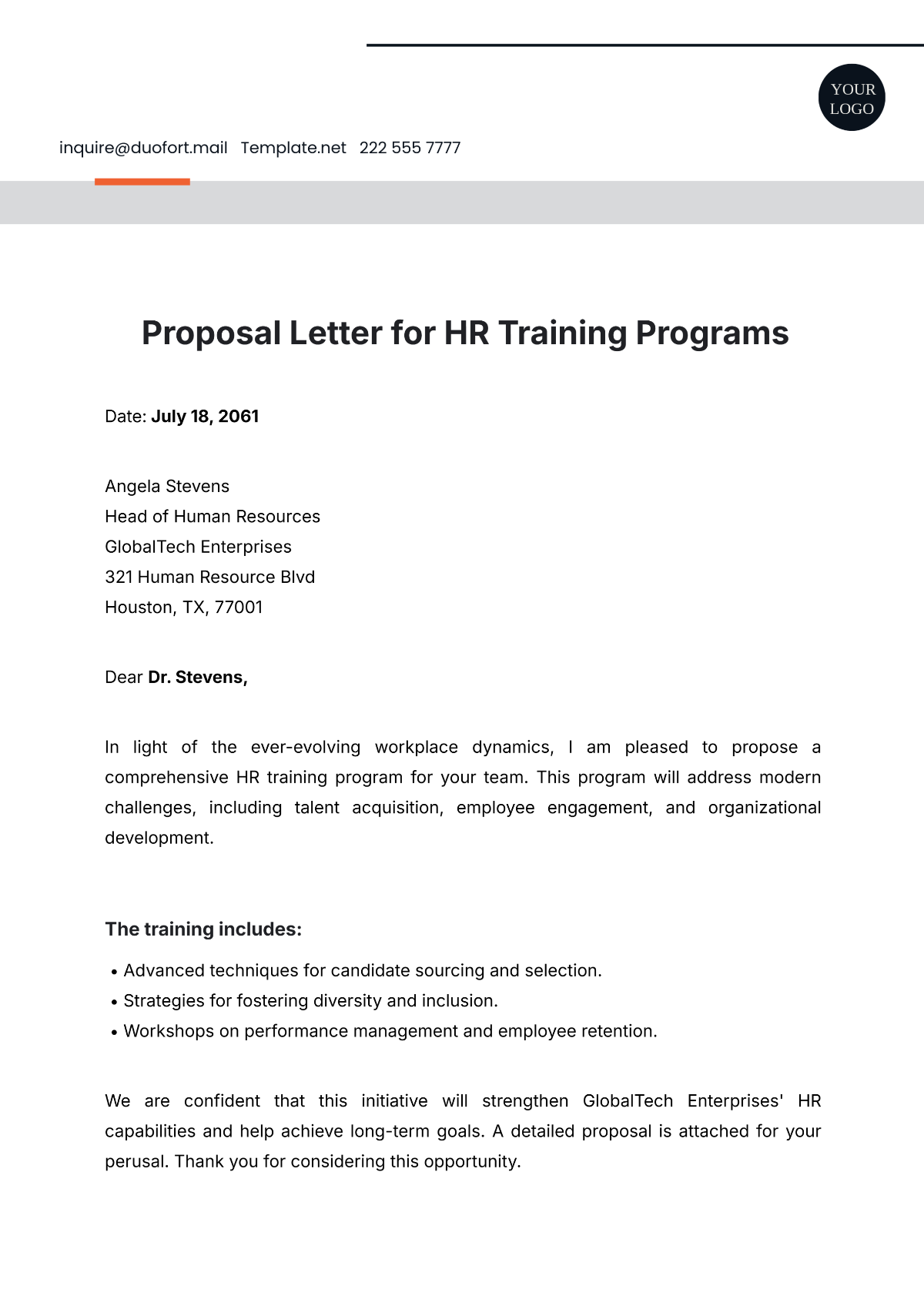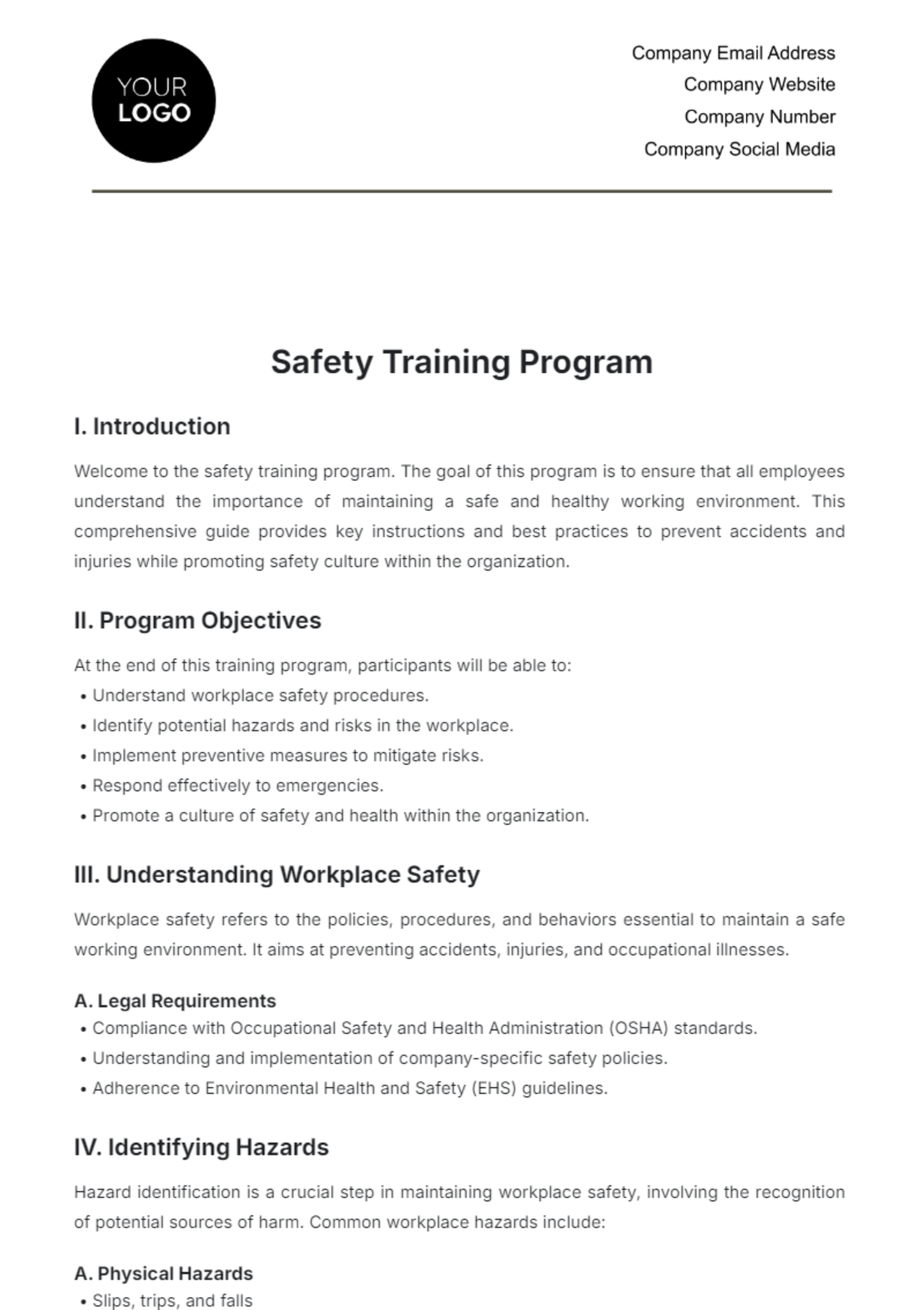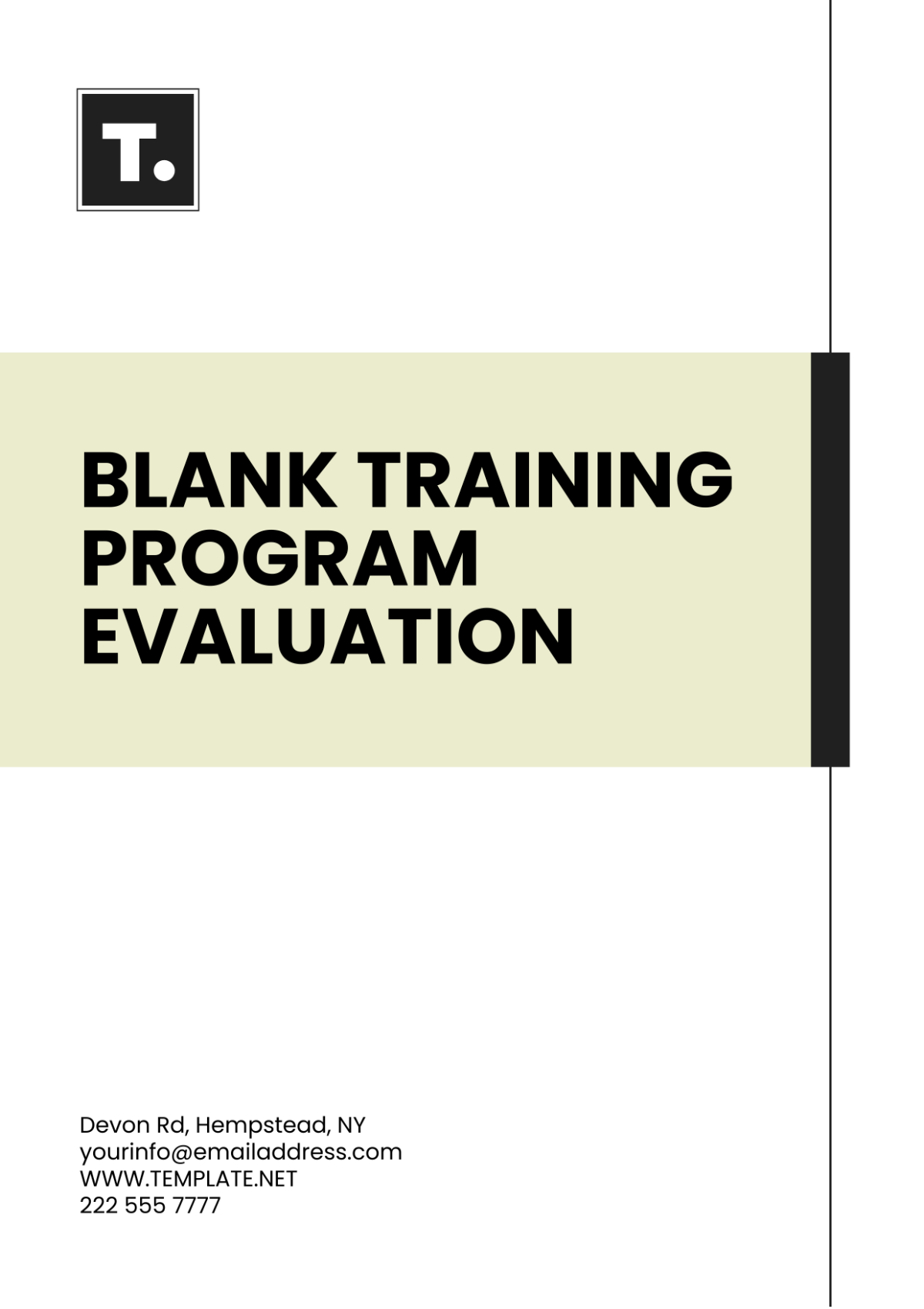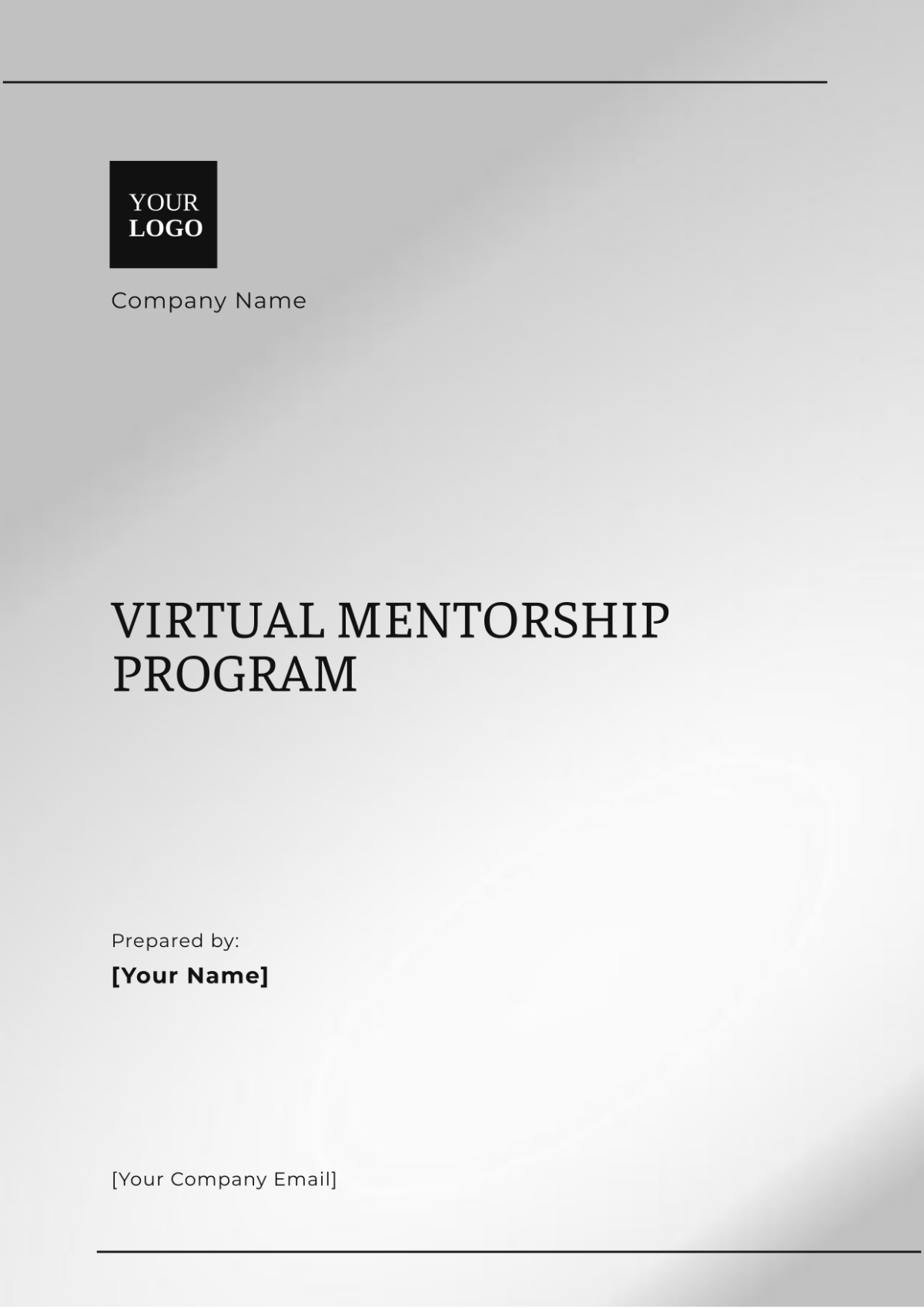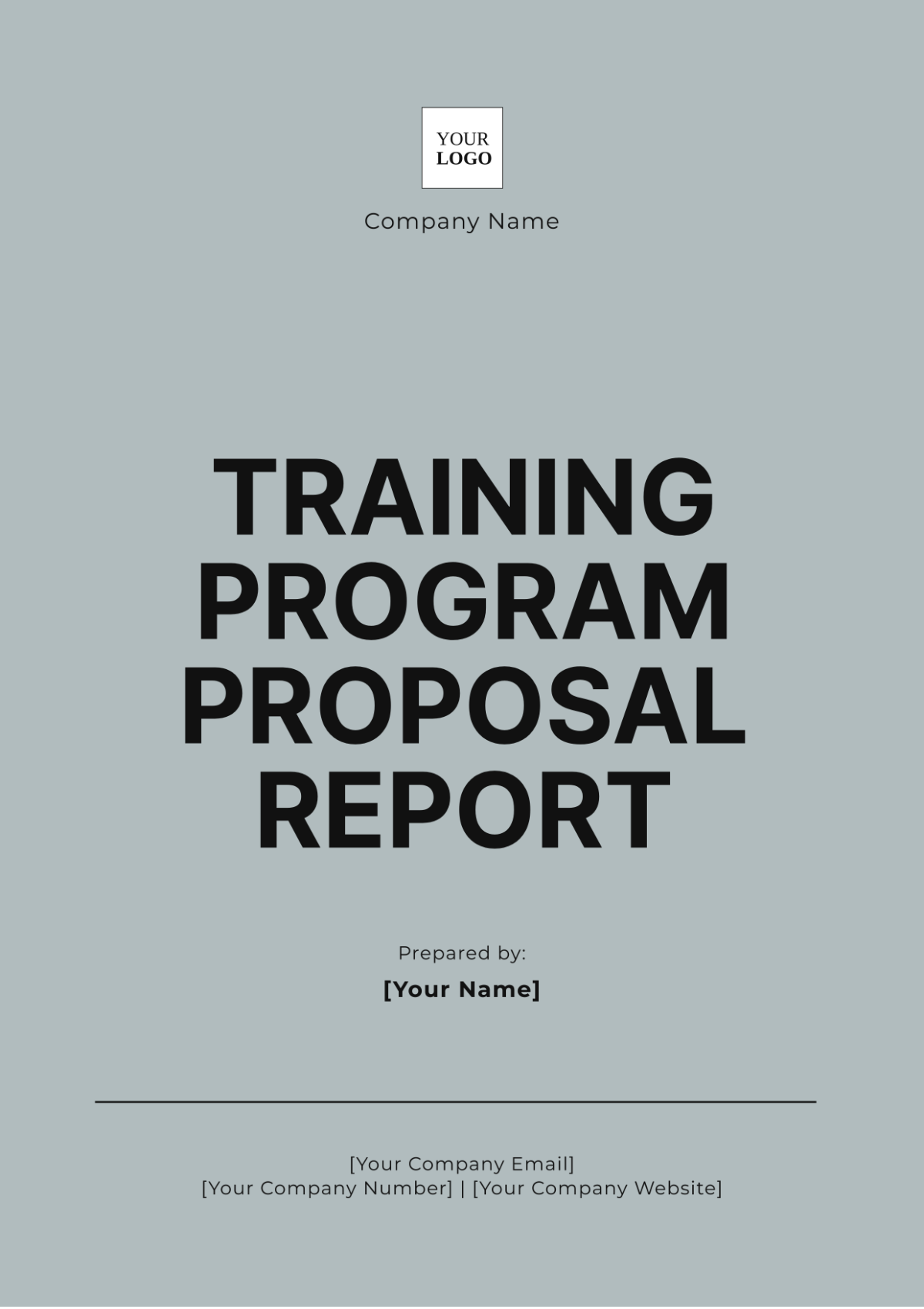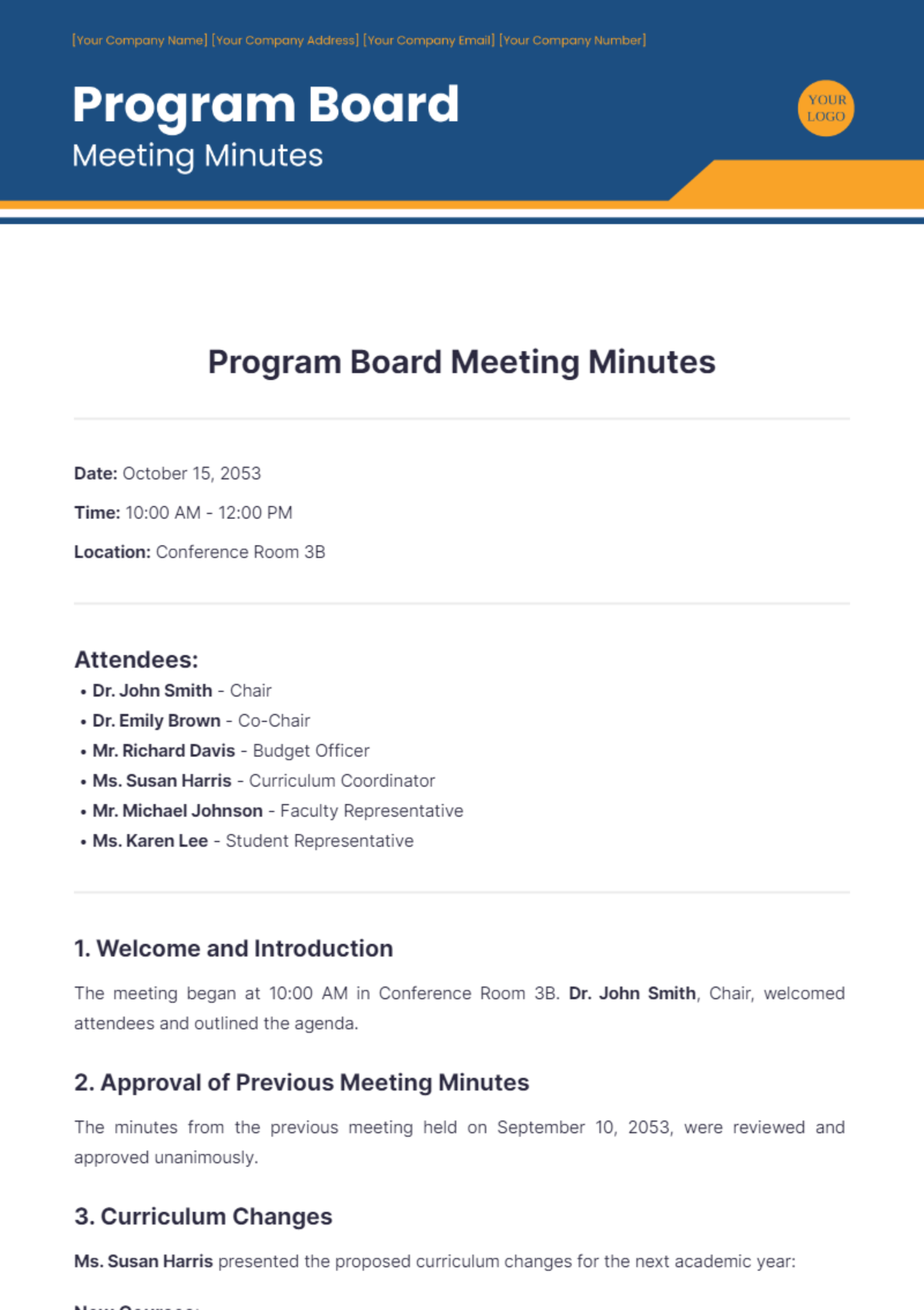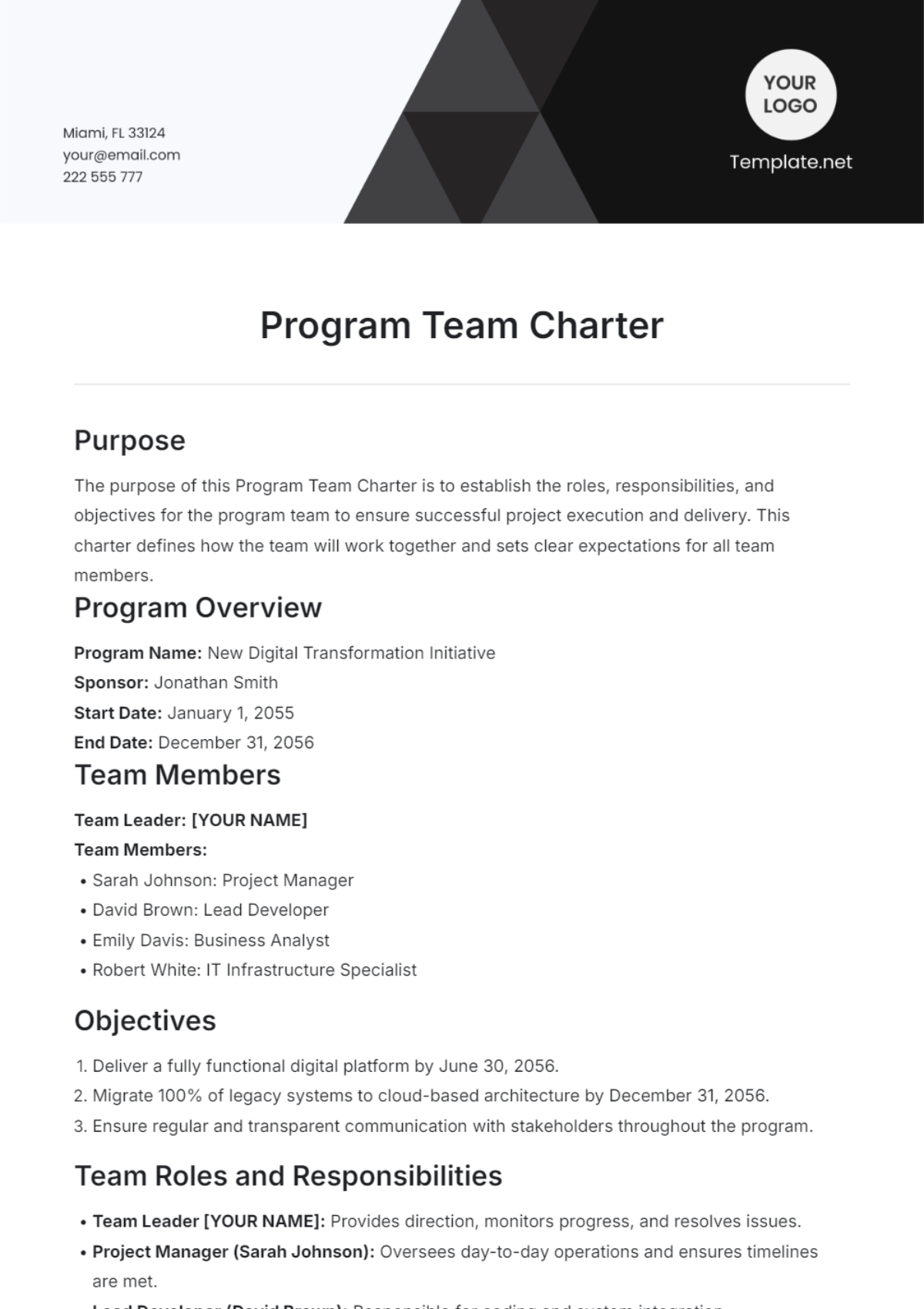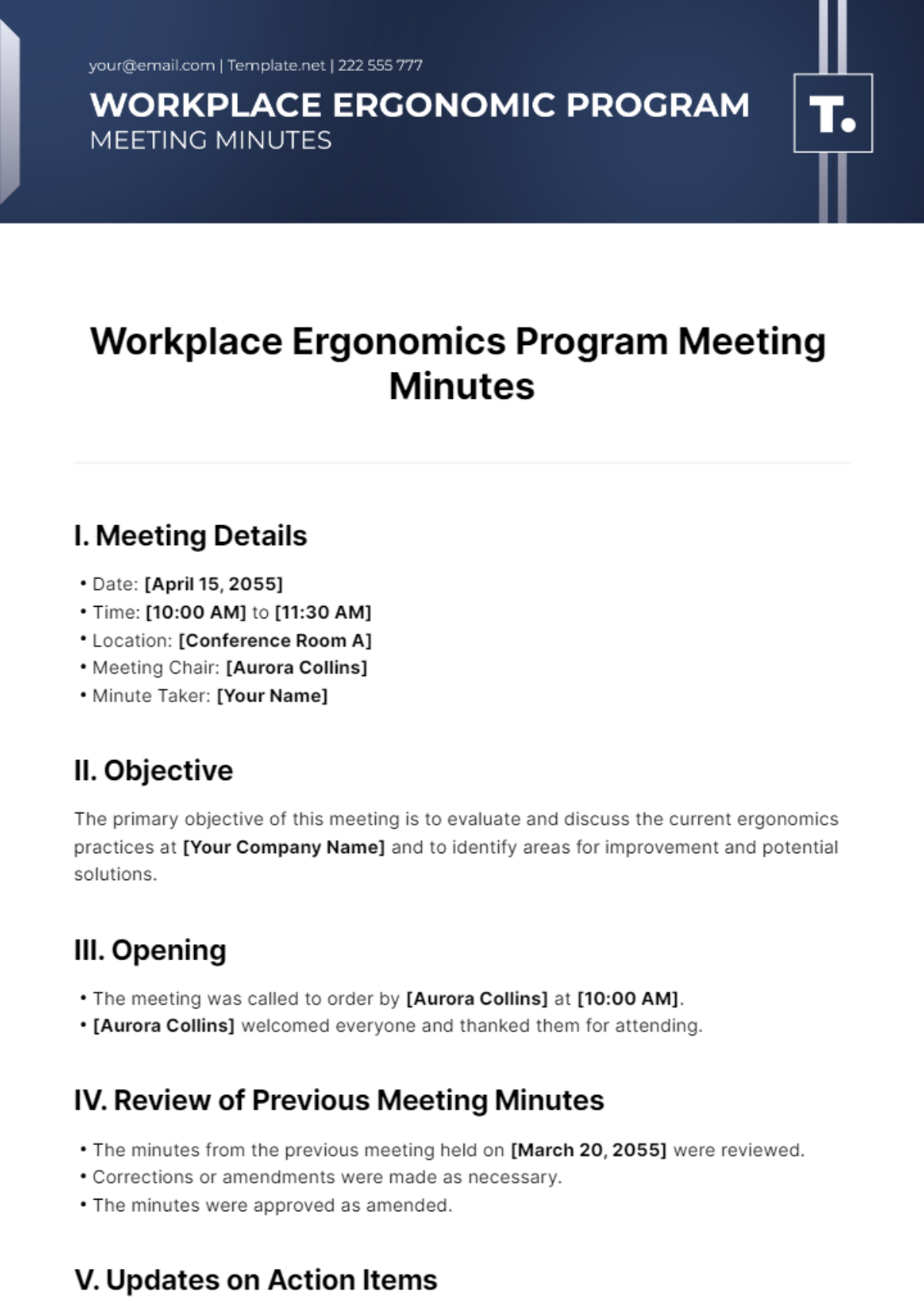DIVERSITY AND INCLUSION PROGRAM
Introduction
Overview
Background
At [Your Company Name], we recognize that diversity and inclusion are not just buzzwords but essential elements for the success and innovation of our organization. We are committed to creating an environment where all employees feel valued, respected, and empowered.
Importance
Diversity and inclusion are crucial for fostering creativity, enhancing employee satisfaction, and ultimately driving business success. A diverse workforce brings a variety of perspectives that contribute to problem-solving and decision-making.
Purpose
The purpose of this program is to provide a structured approach to promoting diversity and inclusion within [Your Company Name]. This document outlines actionable steps, key performance indicators, and timelines for implementation.
Objectives
Increase Representation
To increase the representation of underrepresented groups in our workforce by 20% within the next two years.
Sub-Objectives
Increase gender diversity in leadership roles by 15%.
Increase ethnic diversity across all departments by 20%.
Employee Satisfaction
To achieve a 90% or higher employee satisfaction rate on diversity and inclusion metrics within the next year.
Sub-Objectives
Improve the inclusivity of company culture.
Reduce incidents of discrimination and harassment.
Community Outreach
To implement at least two community outreach programs that promote diversity and inclusion annually.
Sub-Objectives
Partner with local organizations to promote diversity.
Engage employees in volunteer opportunities that foster inclusivity.
Scope
Employees
This program applies to all full-time, part-time, and contract employees of [Your Company Name].
Departments
All departments, including but not limited to Human Resources, Marketing, Sales, and Engineering, are expected to adhere to the guidelines set forth in this program.
Stakeholders
External stakeholders, such as vendors and partners, are also encouraged to align with our diversity and inclusion objectives.
Key Performance Indicators (KPIs)
Definition of KPIs
Key Performance Indicators are measurable values that demonstrate the effectiveness of the program in achieving its objectives.
KPI Table
KPI | Target | Measurement Frequency | Responsible Department |
Representation of underrepresented groups | 20% increase | Bi-annually | HR Department |
Employee satisfaction rate | |||
Community outreach programs |
Program Components
Recruitment
Strategies
Partner with diverse job boards to attract a broader talent pool.
Implement blind recruitment processes to eliminate unconscious bias.
Action Items
Review and update job descriptions to be inclusive.
Train hiring managers on diversity and inclusion best practices.
Training and Development
Strategies
Conduct mandatory diversity and inclusion training for all employees.
Offer career development programs specifically designed for underrepresented groups.
Action Items
Develop a diversity and inclusion training curriculum.
Monitor the effectiveness of training through post-training surveys.
Employee Resource Groups (ERGs)
Strategies
Establish ERGs for various communities, such as LGBTQ+, Women in Tech, etc.
Provide funding and resources for ERG activities.
Action Items
Create guidelines for establishing and operating ERGs.
Allocate budget for ERG activities.
Mentorship Programs
Strategies
Pair employees with mentors from diverse backgrounds.
Conduct regular check-ins to monitor the effectiveness of mentorship programs.
Action Items
Develop a mentorship program framework.
Identify potential mentors and mentees.
Community Outreach
Strategies
Volunteer in local communities to promote diversity and inclusion.
Sponsor events and initiatives that align with our diversity goals.
Action Items
Identify potential community partners.
Develop a calendar of outreach activities.
Implementation Plan
Phases
The implementation of this program will be divided into six phases, each with specific activities, timelines, and responsible parties.
Detailed Plan
Phase | Activity | Timeline | Responsible Party |
1 | Conduct initial diversity audit | Q1 2051 | HR Department |
2 | Implement recruitment strategies | ||
3 | Roll out training programs | ||
4 | Establish ERGs | ||
5 | Launch mentorship programs | ||
6 | Initiate community outreach |
Monitoring and Evaluation
Data Collection Methods
Employee Surveys
Annual surveys will be conducted to gauge employee satisfaction and perceptions of diversity and inclusion.
Focus Groups
Quarterly focus groups will be organized to gather qualitative data on the program's impact.
Exit Interviews
Exit interviews will include questions related to diversity and inclusion to identify areas for improvement.
Data Analysis and Reporting
Data Analysis Techniques
Data will be analyzed using statistical methods to identify trends, gaps, and areas for improvement.
Reporting
An annual report will be prepared to summarize the findings and recommend future actions.
For any questions or clarifications, please contact [Your Name] at [Your Email].
[Your Company Logo]

